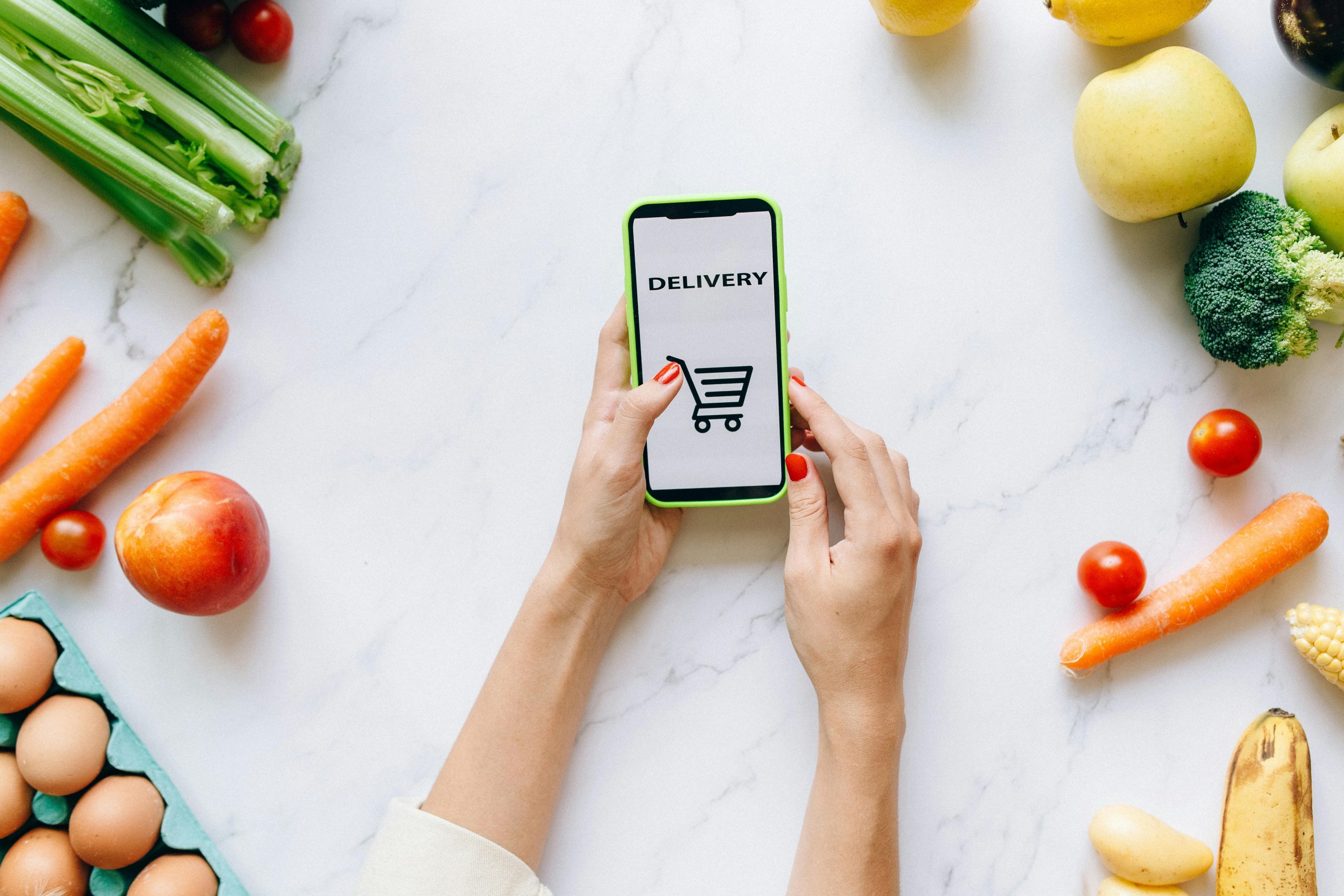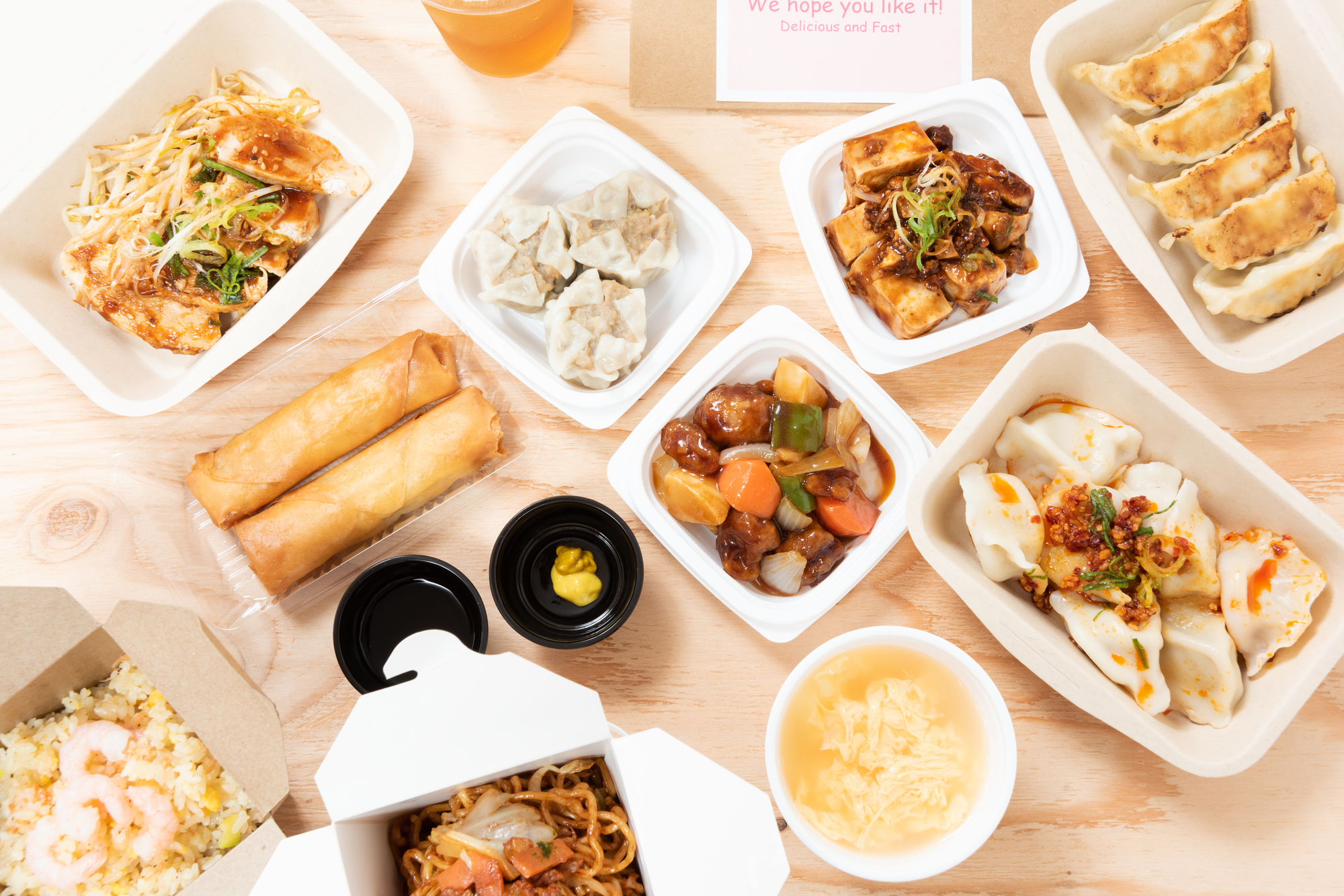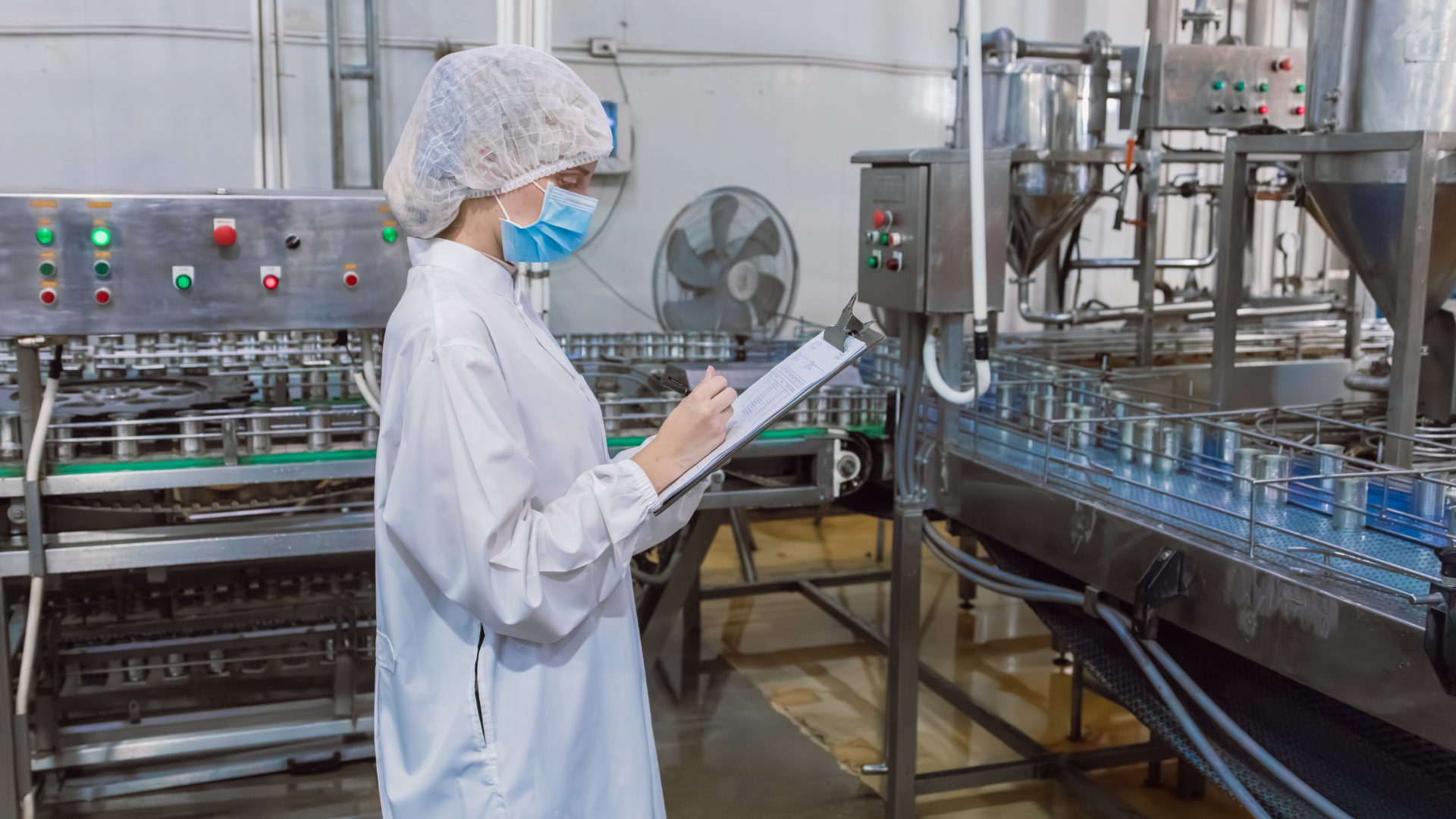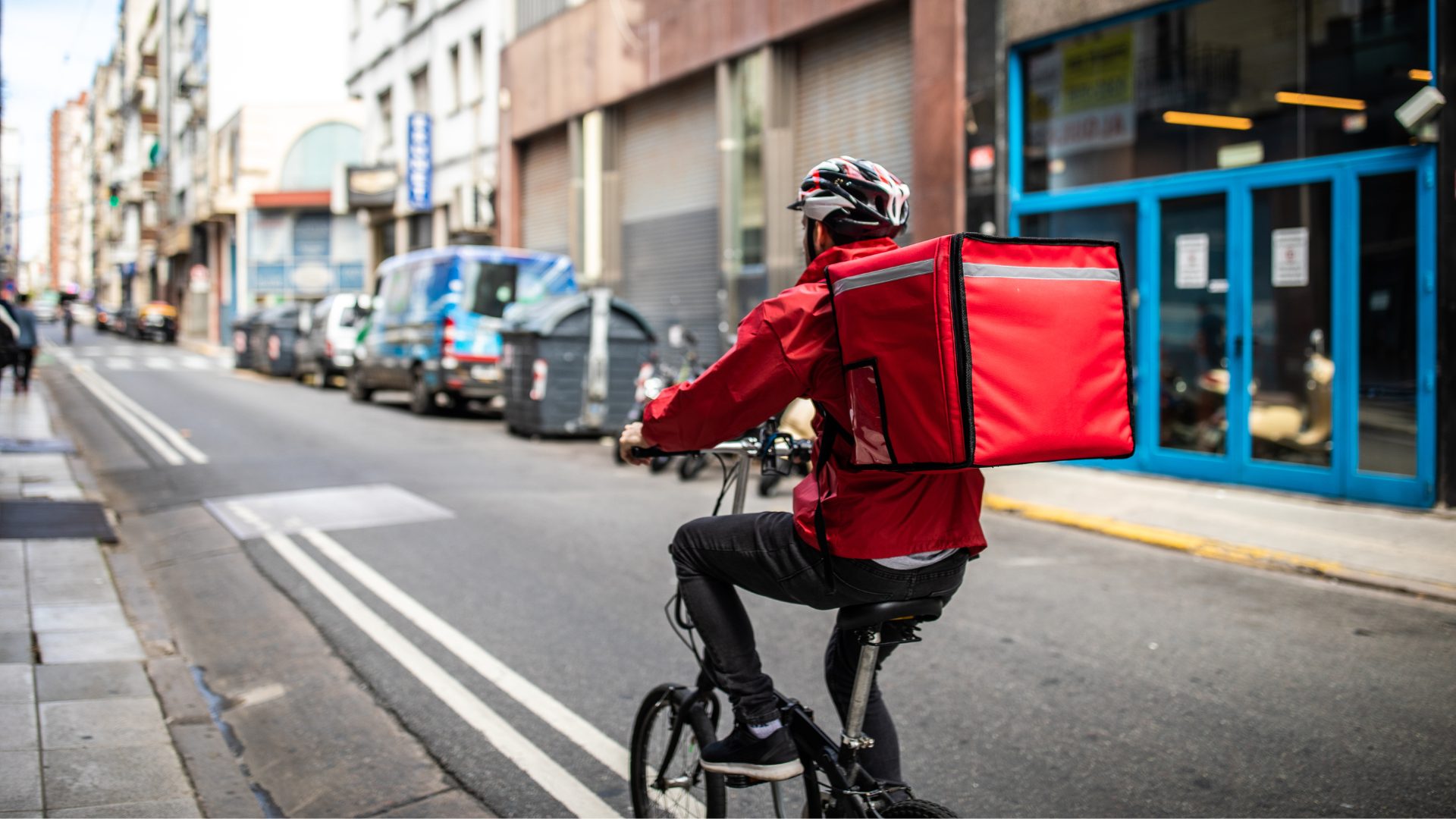In response to labor shortages, some restaurants are turning to AI-powered bots that answer phones and communicate with customers, allowing human staffers to focus on other duties.
How it works
AI bots learn the restaurant’s menu and use natural language processing (NLP) to process and analyze large quantities of human speech, enabling them to take orders over the phone and collect customer data at the same time.
“One of the biggest pros of AI ordering is that it automates a routine task, allowing understaffed restaurants to make the most of the staff that they have,” Bhavin Asher, CTO at GRUBBRR, a restaurant automation company, told The Food Institute.
Another big benefit is that an AI bot always sticks to the sales script, an area where stressed or overworked employees may easily falter. An AI bot will always read back the order, suggest additional menu items, and text customers their receipt. Plus, a bot can take multiple orders at once.
Use cases
Naturally, an AI phone operator is better suited for some restaurants than others. “Quick-service restaurants, fast casuals, and restaurants that focus on takeout such as pizza shops can benefit most from AI ordering,” Asher said.
One such pizza chain testing out AI ordering is Jet’s Pizza, currently piloting an automated voice bot at 130 of its 400 restaurants. However, Jet’s customers still have the option to skip the bot and be put through to a human at the restaurant, which the vast majority of people do. Only around 35% of the customers that call in choose to place their order with the bot.
Customer response
That’s the big problem with AI ordering—many customers don’t like it.
“Adoption from consumers is still low, and many may be annoyed to talk to a robot,” Asher explained. “Additionally, AI ordering removes that ‘human touch,’ eliminating small talk which could have potentially dangerous consequences for people with food allergies who cannot clearly communicate with the robot that their food is safe from allergens.”
Accuracy is important to customers and restaurant owners alike, and AI voice technology may still have a way to go before it can fully meet expectations.
When McDonald’s tested voice-recognition software in the drive-thru at 24 Illinois restaurants earlier this year, the technology got customer orders right between 80-85% of the time. These results fell short of the 95% or higher accuracy rate that the fast-food giant was looking for and CEO Chris Kempczinski has said that a wider national rollout is still years away, Restaurant Dive reported.
An automated future
Voice-activated AI is still in the early stages of development, but the technology is rapidly evolving and it won’t be long before it becomes a viable solution for restaurants. As the tech becomes more sophisticated, some experts believe that consumers will quickly adjust to the new normal, especially because many customers are already more comfortable ordering online than in-person.
Asher, for one, believes AI ordering could become part of our daily lives sooner than we think.
“Consumer perceptions will shift within the next seven years to accommodate AI ordering,” he said. “By 2030, many restaurants will be automated.”









